Natural Habit: Jim Banks and Leslie Zelamsky
This July in the main gallery we are featuring core artists Jim Banks and Leslie Zelamsky. Their exhibition, Natural Habit, runs from July 3rd through July 28th with an opening reception on Friday, July 5th from 6:00–8:00 p.m. Below the artists talk a about the ideas they are exploring in their new work.
Jim Banks
Why Weeds?
Dubius Garden, gouache on ragboard, 18 x 25 inches
In 2009, I began the Planters Project. Essentially, it entailed filling planters with “wild” dirt taken from various neglected or disturbed areas around my studio in Medford and adjoining burgs and seeing what would grow. The idea had been percolating for some time, and it came from two major sources.
The first source is Mel Chin, whom I read about in the book, Art At The Edge And Over, by Linda Weintraub. He had an interesting problem. He was seeking to reclaim a portion of land from contamination using alternative processes and sought funding from the EPA. The EPA turned him down, so he sought funding from the NEA, who agreed. (Which proves the much debated point that Art is defined by its funding.)
The second influence, and more directly so, is Roxy Paine, who had a show at The Rose Art Museum at Brandeis University, in which he included work from his “replicant” series - realistic sculptural recreations of gardens in various states of neglect.
What I found intriguing in both cases was the use of growing things as part of a piece. True, I don’t think that is what Chin’s or Paine’s work is about, but that is what I took from them.
On the other hand, why they influenced me, I haven't a clue. Other than having a preponderance of earth signs, it just may be that, having grown up barefoot in Southern California and now living in the urban zone, it allowed me to get real dirt under my fingernails.
I struggled with the whole “Is this art?” question, so I put some token sculptural element in the planters with the notion that said sculpture element would be engulfed and eventually obscured by the growth. I suppose it has to do with the marks of Man vs. the marks of Nature, which is a totally boring discussion ranging from Eden to Apocalypse, and we’ve all heard it before. It became something quite different.
What poured out of the dirt over the next several months amazed me. Not just the growth of X, but the growth and death of X, then the growth of Y taking its place. What began as the pursuit of one idea - to see how the weeds would obscure our monuments - became how the landscape within the planter itself changed throughout the season. If one of the purposes of Art is to abstract from Life details that draw attention to things often overlooked, then the changing nature of Nature is the real subject here.
Over the next several years, the shapes and sizes of my planters changed from small garden planters to those built into the earth itself. In thinking of this show, and how I wanted to have planters in it, last year I made two planters on wheels, Katonka and Lucy, as seen below.
Katonka and Lucy
When I began doing the write-up of the first season in 2009, I realized I did not know the names of any of the weeds except the dandelion. That seemed immoral, so since 2009, I've been obsessed with identifying every weed I see. That meant taking lots of photographs. As I reviewed my photos, I became interested in drawing, then painting, these wild, urban plants. Some of the photos intrigued me because they took on elements of my college studies in Abstract Expressionism, namely the all-over image pressed up flat against the picture plane. I called these “Footscapes” because they are what you see when you look down in front of your feet. That angle, devoid of horizon, was an interesting way to approach the structure of landscape. And of course I have violated the “flatness” by attempting to reveal the spacial passages from bud to dirt.I’ve also included sculptures in this show – actual weeds or tree trunks arranged just so.
Finally, there is nothing political in my work. There is much to be said about caring for the environment, but that is not what my work is about. It is only about being amazed by observing what is happening positively around us all the time.
Frozen Sow Thistle, Sow Thistle and resin, 11 x 9 x 4 inches
Leslie Zelamsky
Natural Habit shows the work in my current and ongoing series, “Point of Departure.” This work reflects major life events that have taken place over the past 5 years. In mid-February, 2014 my life began a huge shift in its trajectory when my husband announced that he was leaving. After 29 years together, his point of departure was completely unexpected and threw me into the incomprehensible depths of anxiety and depression. In the months and years that followed, I worked incredibly hard to rebuild my life and a large part of my healing process was found in the studio.
As I struggled to get through each day, the studio became a huge source of comfort. I produced a strong body of work. Dark and rich abstract paintings covered the walls of my studio. These pieces which contained materials such as tar, stain, and paint were intuitive abstractions. Their surfaces, dripped and scraped, literal and visual expressions of the despair I experienced. Many of these pieces also contained subtle images of a ladder. Sometimes vertical and other times horizontal, the ladder would spontaneously appear. A faint expression of hope that I would eventually climb my way out and rebuild my life.

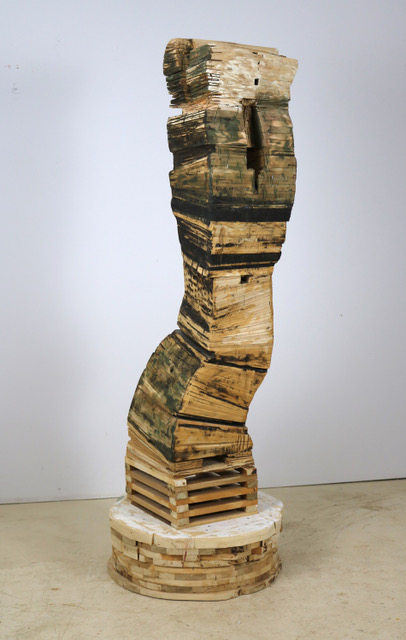
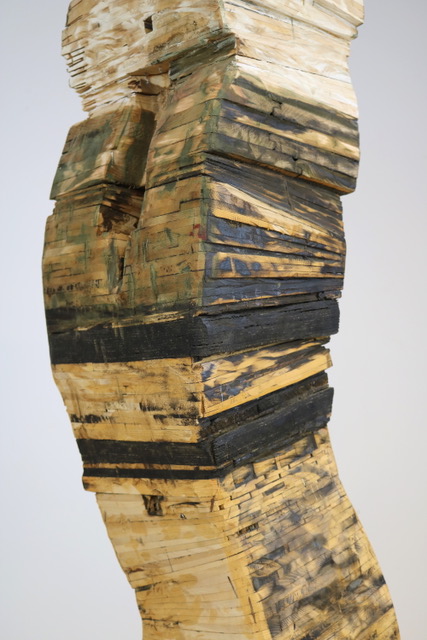

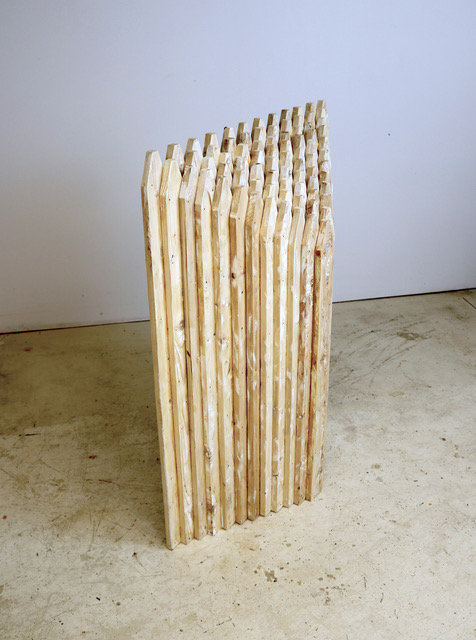
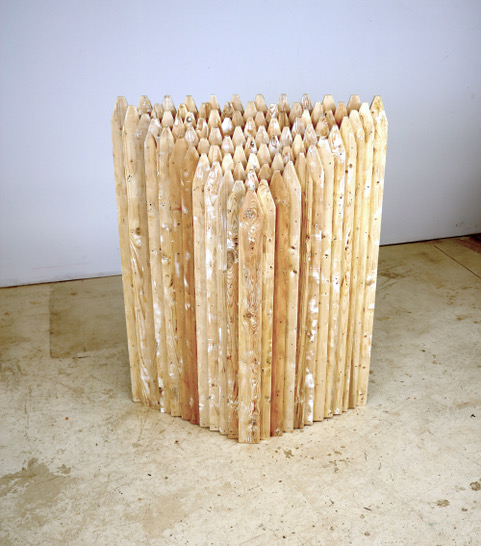
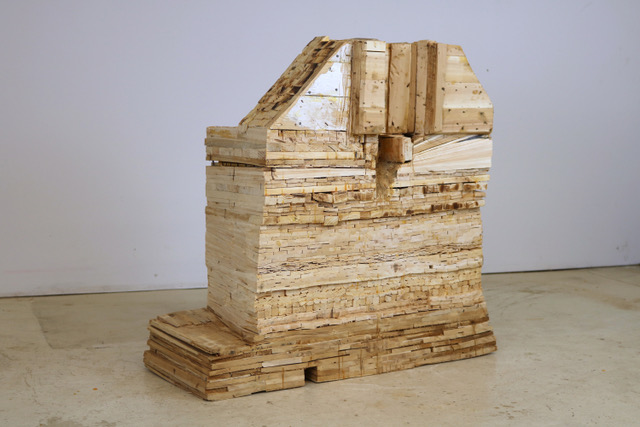
My work was powerful and gave me the strength to intensify my commitment to my art practice which had been pushed aside because of motherhood and my paying job. I found myself at my first point of departure from the past. With a deeper commitment to my work, I reached further into the art community. I began to build important friendships that I am certain will be with me forever. Having rebuilt my life and with my son entering adulthood, I was faced with the next big hurdle, making art my primary focus while holding a demanding and stressful full-time job. My need to create grew stronger and it was time to make the decision to depart from my position of 25 years.
My art making process is a natural evolution between two spirits; the spirit found in nature of the materials and the spirit that lives inside of my heart and mind. My work is also the result of repetative layering and unlayering. Glue, nail, hammer, layer. Glue, nail, hammer, layer. Over and over, again and again. Move this, open that, paint this, scrape that. Minute and grand actions that merge to become the piece that came to be, out of habit.
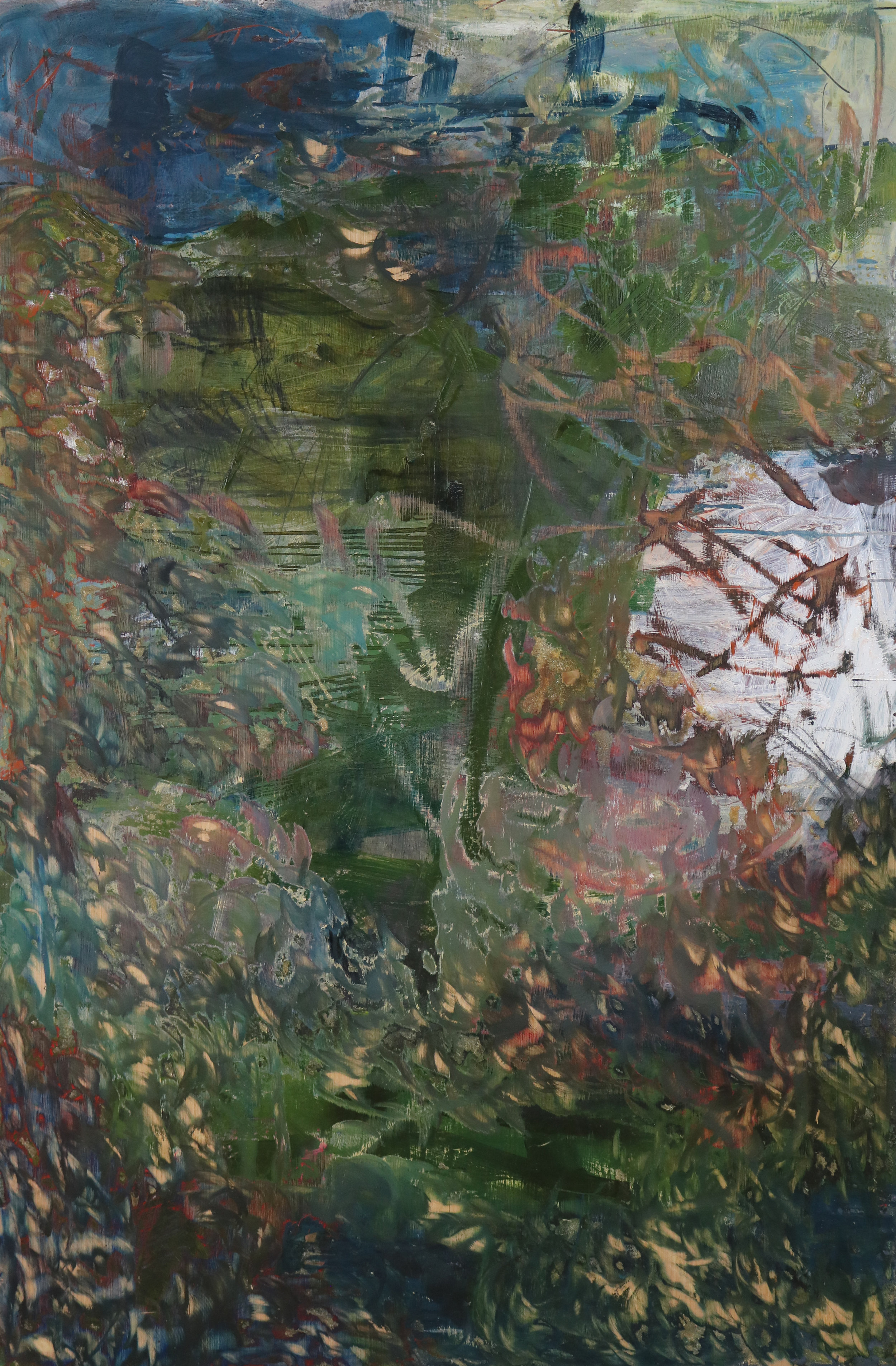
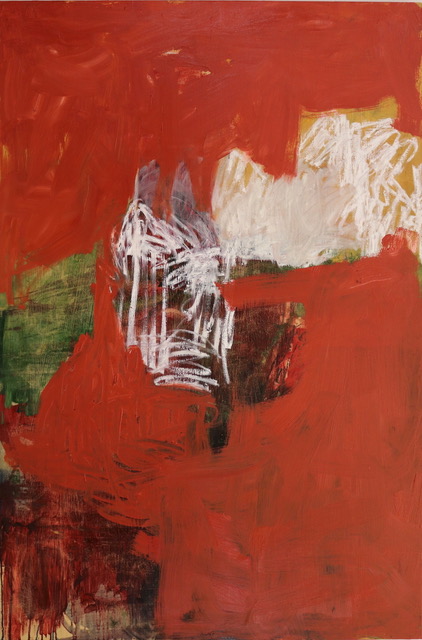
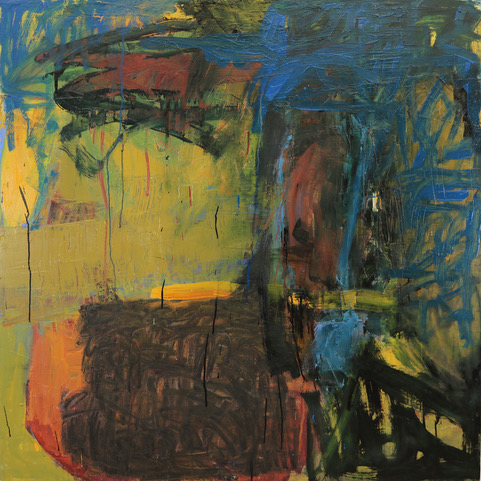

As I work, I am in constant dialogue with the materials and the thoughts running through my head. I lose myself in the process as I think and feel about many different things. It might be the music I am listening to, my concerns about politics, the pride I take in my son, or the joy of watching the bird that flies in and out of my studio, collecting wood chips to build his home. This way of working allows for moments of surprise and mystery. Sometimes, when I can’t resolve a piece, I literally turn it upside down, departing from the original direction. I find delight and fulfillment in the unforeseen forms, textures, spaces and surfaces that present themselves as the dialogue unfolds.
In recent months, I have started to see changes in my artwork. These pieces are featured in the show, Natural Habit. My paintings, once dark and subdued have become brighter and full of color. My sculpture has become increasingly organic and fluid as I provide myself more opportunity to surround myself in nature, with heightened awareness and awe. Once a primarily additive building process, I now to cut into and remove huge parts of the pieces and discard parts that took days to build. My paintings and sculptures have become more additive and subtractive as push them with risk and trust that I will eventually find resolution. If not, I know I will find another point of departure.



